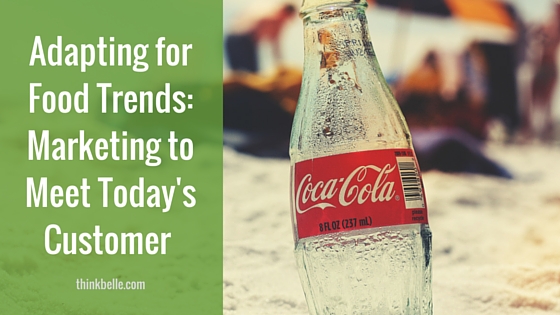Just like fashion and hairstyles, food also goes through trends that affect people’s buying decisions and habits. The times are constantly changing, and almost every year there is a new diet to follow. Marketing and development teams behind food brands must keep up with the times to ensure that their products and brand won’t become obsolete. Most major food brands that have been around for decades are witnessing this firsthand: ever-changing food fads bringing new customers and new customer demands.
One trend that has been gaining steady momentum is the demand for healthier options. Healthy food brands are thriving, but “not-so-healthy” big name food brands are scrambling to re-position and re-brand themselves to retain their current customer base. Several big brands have made “small” efforts (pun intended) to keep up product sales.
Here are three “mini” case studies of brands that are following today’s food trends:
Classic Cookie Slims Down
Who: Oreo
What: Last year Oreo launched a skinnier version of its classic cookie – the Oreo Thin. The cookie as well as the filling are served in smaller proportions. The company has recently ramped-up its marketing and advertising efforts for the thin cookie on social media. 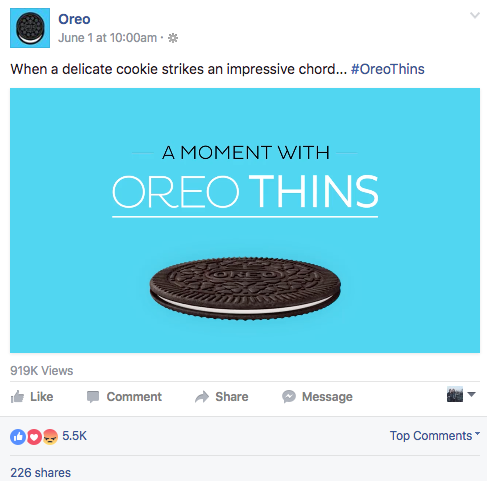
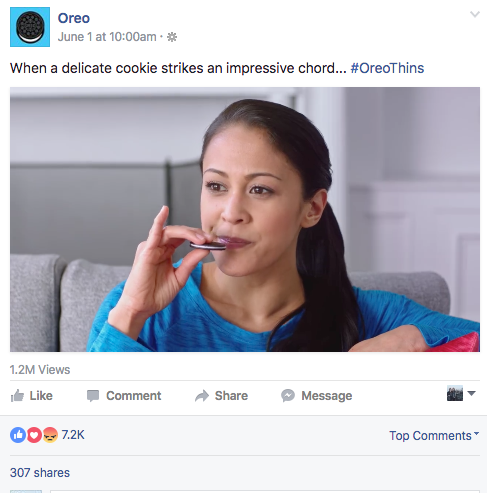
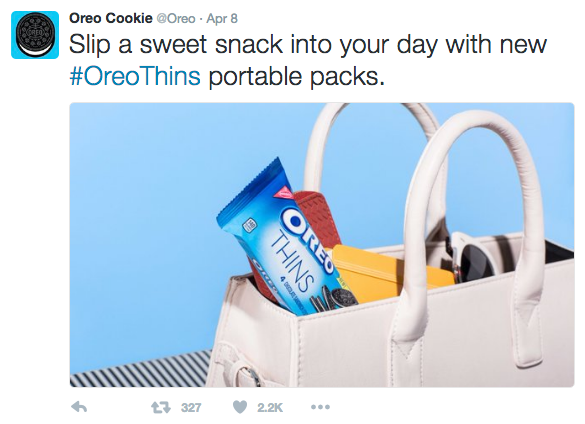
Why: The design of the cookie and its social message suggest that Oreo Thins are a healthier version of the iconic cookie that everyone knows and loves.
How: The ads and marketing efforts around these slimmer cookies assure fans that they can still indulge without being too unhealthy, but don’t be totally fooled by their appearance. These cookies sure do look smaller, but there are only 18 less calories per cookie than their original brand and unfortunately have just about the same amount of saturated fat. Many of these ads (see the above photo with the purse) are targeted towards women, customers who are notoriously the most health-conscience when considering a snack. Oreo uses words like “delicate” and “thin” to describe its thinner cookie, and its ad and social promotions in turn have led to PR buzz in the form of articles, press coverage, opinion columns, taste tests, and more.
The Mini Frap
Who: Starbucks
What: Last summer Starbucks first introduced the “Mini Frappuccino” nationwide – and due to widespread success, it’s back again.

Why: A Starbucks Frappuccino is by no means a healthy way to have your coffee. With the trend of less sugar intake continuing, Starbucks created a petite version of their popular drink.
How: If a tall-sized Frappuccino was too unhealthy for some, now Starbucks fans can still have this dessert-in-a-cup without feeling a huge wave of guilt. These cute little cups fit into the palm of your hand and now offer a sweet-tooth fix with fewer grams of sugar or calories.
Shrinking Cans
Who: Coca-Cola and Pepsi
What: These two iconic, long-standing competitors began offering 7.5 ounce cans of soda over the last few years. 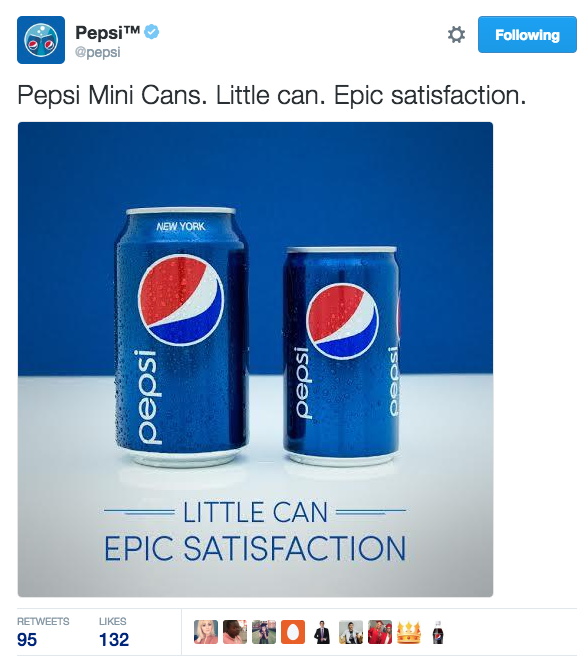

Why: The smaller versions of these classic products are partially in response to the overall decline in soda consumption as consumers are more health-conscious. Several years ago, soda makers were pushing bigger, more super-sized volumes; but today, studies show that soda sales are steadily dropping, and this past March soda had some of the lowest sales since the 1980s. It’s time for soda brands to take action.
How: Instead of having consumers worry about portion control, brands are doing it for them. Serving soda in smaller cans makes it easier for fans to feel like they’re getting their caffeine fix without the large sugar rush. Like the Coke example above, these brands have also added some fun to the mini-can mix by incorporating entertainment campaigns. While overall soda sales have been on a slight decline, these smaller cans appear to be helping soda brands recover.
These three iconic food companies are great examples of how long-standing brands are adapting to meet today’s consumer demands. It’s hard to imagine there could ever be a day when Coca-Cola might not be around, but this shows how when times start to change, brands have to change to remain on top.

